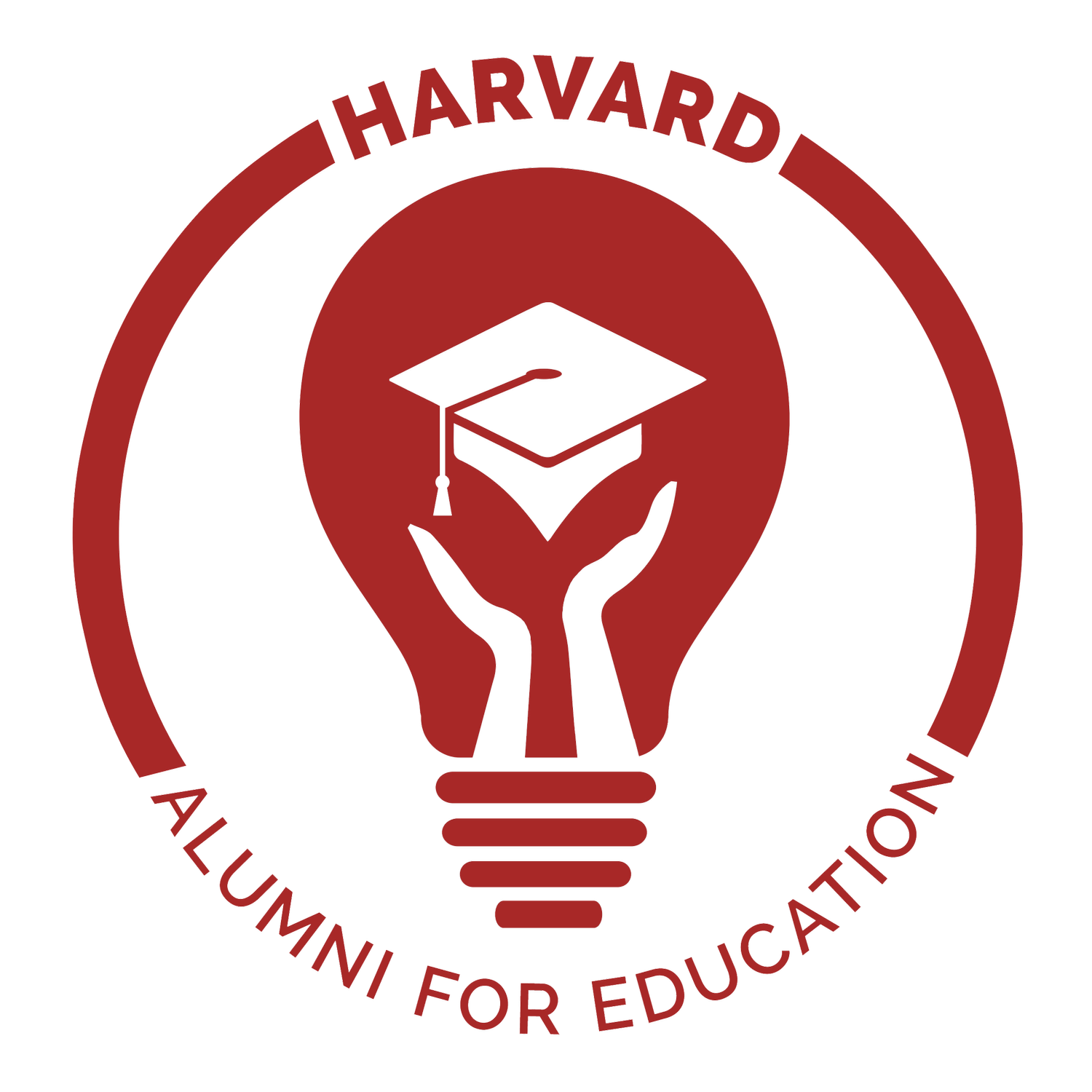By Shana DeVlieger
On April 19, New York City-based HAEd members crouched around a generous supply of crayons, pastels, construction paper, markers, and paints. For a rare moment in the midst of our busy lives, we got to take our work shoes off, set our laptops aside, and sit in teeny-tiny chairs at a local contemporary arts preschool. While this setting was not entirely foreign to us (as those working in education spaces), our purpose that night certainly was. We gathered not to guide toddlers, satisfy administrators, or present research, but instead, to co-create a space of play, possibility, and dreams for the future of education.
We began the evening with informal introductions to each other and to our art supplies (when was the last time you gripped a crayon or held a paintbrush?). Our conversation drifted from hometowns, to partners, subway lines, to career aspirations, and finally, to the world we inherited and the one we want to leave behind. Soon, we felt comfortable enough to laugh at our scribbles and even enjoy the discomfort of starting a directionless line. Then, we began our activity: rose-bud-thorn (RBT). RBT offers an intuitive frame for reflections around the positive (rose), the possible (bud), and the problematic (thorn)). Using our art supplies, we represented the roses, buds, and thorns in each of our educational journeys as students, educators, observers, and/or in other professional or caregiving capacities. As we created, we discussed our roses (the beauty we’ve observed and had the joy of participating in), our buds (what we hope to nurture and see bloom), and thorns (sources of pain, that if removed, might allow us to hold closer the beauty and possibility of the roses and buds).
One poignant example of a rose came from Anne, who shared a previously-untold anecdote from her elementary school days about how her teacher created a secret hand signal to help her participate in class in a way that felt psychologically safe. On the opposite end of the spectrum, Abby shared her representation of thorns. She used unforgiving lines, rigid angles, and cut-outs to represent the constraints of ‘boxes’ and missing opportunities in education. We discussed how her experiences and observations led to her current doctoral research that aims to promote equitable access to high-quality STEM education in NYC public schools. As for buds, I obviously chose Anne and Abby’s dedication to promoting educational equity through their careers; they give me hope.
If you saw the effortless grace with which Anne handles colored pencils, you could probably guess her profession. She is a talented (and exceedingly humble) architect. While she could easily spend her time working on megamansions or skyscrapers, she channels her prowess into designing liberatory educational spaces. As she noted,
"School is the most important civic space that children interact with. Every child deserves a school where they feel welcomed, comfortable, and inspired to learn."
She shared an example of a recent project: a redesign of a middle school in a resource-deprived area of Maryland that accomplished both energy efficiency and school-community wellbeing. A once windowless structure nicknamed ‘the prison on the hill,’ she and her team revamped it to include an inviting courtyard and classrooms with ample natural light. While some of our work in education (including my own) focalizes the psychosocial and cultural contours of education spaces, Anne offered us a unique perspective. Physical spaces are inextricably linked to the inter- and intrapersonal dynamics we study. Taking it all into consideration, we dreamt of new cross-sector collaborations to address pervasive disparities across NYC’s education landscape.
As we continued chatting, we noted points of RBT convergence and divergence, as well as what likely contributed to these differences (like our identities and social positioning). Then, we discussed how we might create a larger piece to represent our collective experiences, hopes for the future, and potential roles in shaping it. We decided to use pieces of our individual representations to make one collective rose, bud, and thorn.
Collectively, we found beauty in loving action. In the center of the rose, we placed a spiral with the word “show” from Abby’s rose, in the palm of the hand from Anne’s rose that represents her teacher’s signal. Anchoring the base of the rose, we placed a symbol of liberation from my drawing.
Our thorns included isolated spikes, as well as one cross-cutting thorn to represent the larger interlocking systems of oppression (that restrict the flow of nutrients from the soil to the rest of the stem and the buds of promise). To deepen the metaphor, we also considered the essential elements of soil, air, and sun that nurture growth and flourishing.
Finally, as we capped our markers and recycled our construction paper clippings, we reflected on what a profound respite this was. Pausing to process, collectively dream, and create a physical representation brought us hope. Art played a large role in that. When words or logic inhibit us, the freedom to scribble, crumple, cut, and paste, can grant us access to our unrestricted selves. Using the metaphor of a living being to frame our reflections also inspired a different kind of thinking. Rather than something static, we could talk about education as a living organism. Our field, just as a living organism, requires nutrients and regular tending in order to flourish. This motivates us all to find ways to take action in all of the corners of the field that we occupy. Closing the preschool door, we expressed gratitude to each other and for our rich and growing HAEd community. Since hosting this event, I have only become more excited by the potential of all we can and will (re)generate together.




